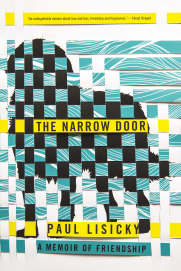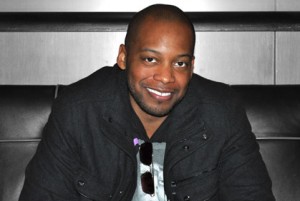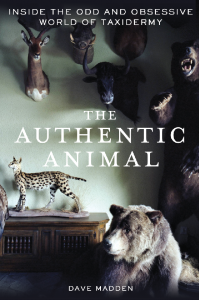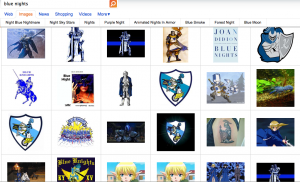 I.
I.
Iceland is small. It’s a little bigger than Indiana, if that helps, filled only with the population of Pittsburgh. It feels big as you drive around it because of how much it resembles the U.S. West, especially as envisioned in Road Runner cartoons (except with bumpy lavarock fields instead of dust and dirt), but there are so few places in all that space to stop and look around. It’s like the opposite of a mall.
But like a mall, it’s easy to run into people. Sure: I was there for a conference, and so there were a number of folks doing the same things I did, seeing the same sights. But without any pre-planning, I ran into two of these people at a geyser and a waterfall. Even odder, I ran into an old gradschool friend who I knew was going to be in Iceland at some point this summer (though not for this conference) at the same waterfall. We hit the waterfall on Sunday. I also saw there the guy from our Friday walking tour of Reyjkavik who said he wanted a hot dog. On Monday we drove to the Snaefellsnes peninsula?a long, thin finger of land filled with mountains and waterfalls and tipped, at the sea, with a glacier?and we stopped on the way up at a museum on the settlement of Iceland (not recommended). In front of us in line were a middle-aged balding man and who I hoped was his daughter. They, I felt, were proceeding too slowly, and so I told Neal to hold back and let them proceed a bit so we didn’t keep bumping into them.
Tuesday, I saw them walking out of a cave.
II.
Tourism is booming in Iceland, and we could tell by how in-development everything was. Our hotel was mostly finished, but there was still construction noise one day and the back patio and basement spa were closed. Both the base office for our glacier tour and the ship we cruised the ocean on to watch birds and eat live scallops were equipped with full kitchens, but at this point were only serving coffee and pre-packaged snacks. The ship sat dozens, but our group was just ten people.
If Iceland were someone’s webpage it’d be topped with Under Construction gifs. “It’s the place, I hear,” texted a friend of mine last week, and he’s right. Outside of my conference friends I know six people who’ve gone in the last year or are going within the next. It’s cheap to get to. You can fly there direct from Boston, California, DC, NY, Miami, Chicago, and even Pittsburgh, where a roundtrip ticket flying out this week will cost you just $560.
That’s not counting seat selection or bags. Or water or snacks. Or your hotel room. Or food and water in Iceland, where nary a water fountain is to be found in this country that prides itself on its unimpeachable drinking water. It’s a smart tourism model: make it dirt cheap to get to and then charge an arm and a leg for everything you possibly can once they’re there. We never ate out in Iceland after having done so much of it so well in London and Paris, but footlong subs at Subway cost us $15 each.
But this isn’t anything new. T?mas, our walking tour guide, born in Chicago but raised his whole life in Reykjavik, told us that, growing up, his family would eat out maybe twice a year. It was always too expensive. Everything imported. Locals, he said, eat at Subway, or Domino’s, if they aren’t cooking at home. No one eats shark, or puffin, the “local delicacies” advertised at restaurants. Their numbers are dwindling, puffins, owing to climate change and unsustainable hunting. Add foodie tourists to the mix, and they could be gone pretty soon.
III.
I’d never been before to a place where most people had never been before. Everyone’s been to London and Paris. Everyone’s been to Denver. The effect of being in Iceland was like being on some frontier. I felt very lucky. Even at the Blue Lagoon, which maybe you’ve heard of, which is filled with the wastewater of a nearby geothermal power plant built in 1976, making it about a natural as a corn maze, I felt like Neal and I had discovered something private and magical.
Is this the draw of outdoorsy vacationing? Usually we’re in cities paying extra for the audiotour. It takes a lot out of you. Or me, at least. Day two of being home and I’m on antibiotics and a bland diet to combat the six days of severe GI distress I’ve been fist-clenching my way through. Neal, though, is fine. Blame me, not Iceland.




 A thing I’ve said more than once in classes is that every good book is a mystery. Which is to say that “mystery” isn’t something to be left for a certain genre of fiction. But mystery might apply just to novels, or to narrative more broadly. Last week I read Paul Lisicky’s new memoir of friendship in two sittings
A thing I’ve said more than once in classes is that every good book is a mystery. Which is to say that “mystery” isn’t something to be left for a certain genre of fiction. But mystery might apply just to novels, or to narrative more broadly. Last week I read Paul Lisicky’s new memoir of friendship in two sittings












